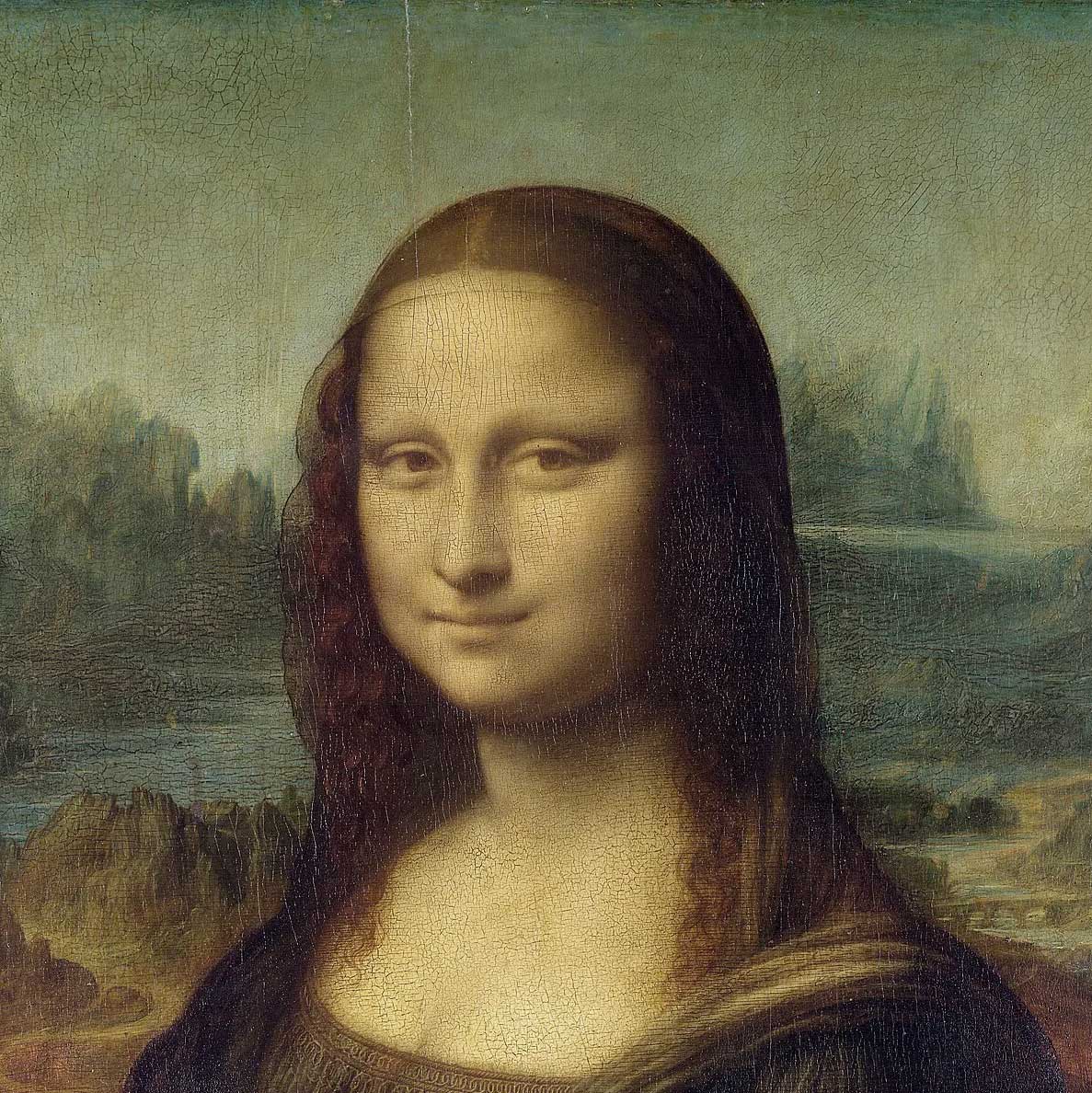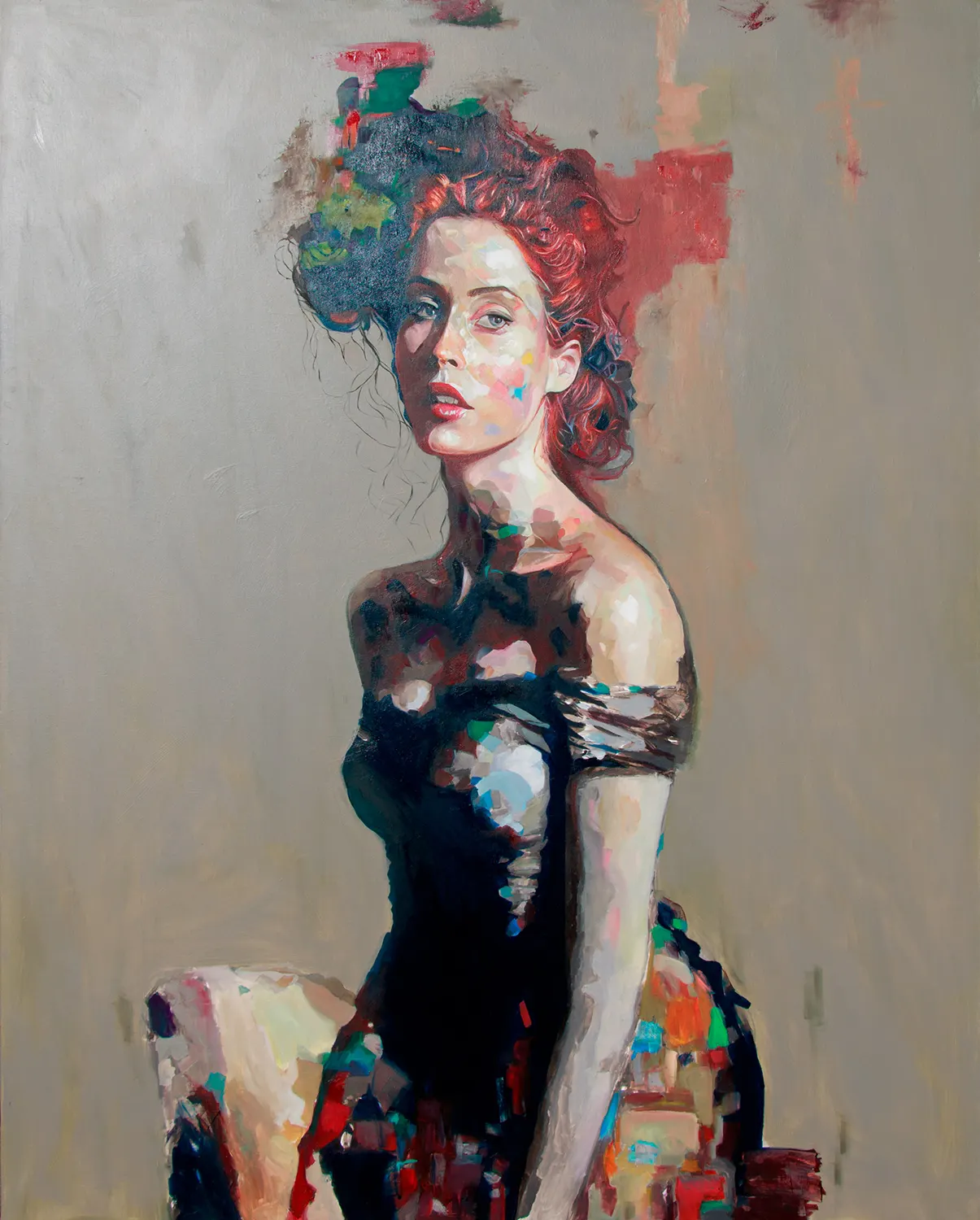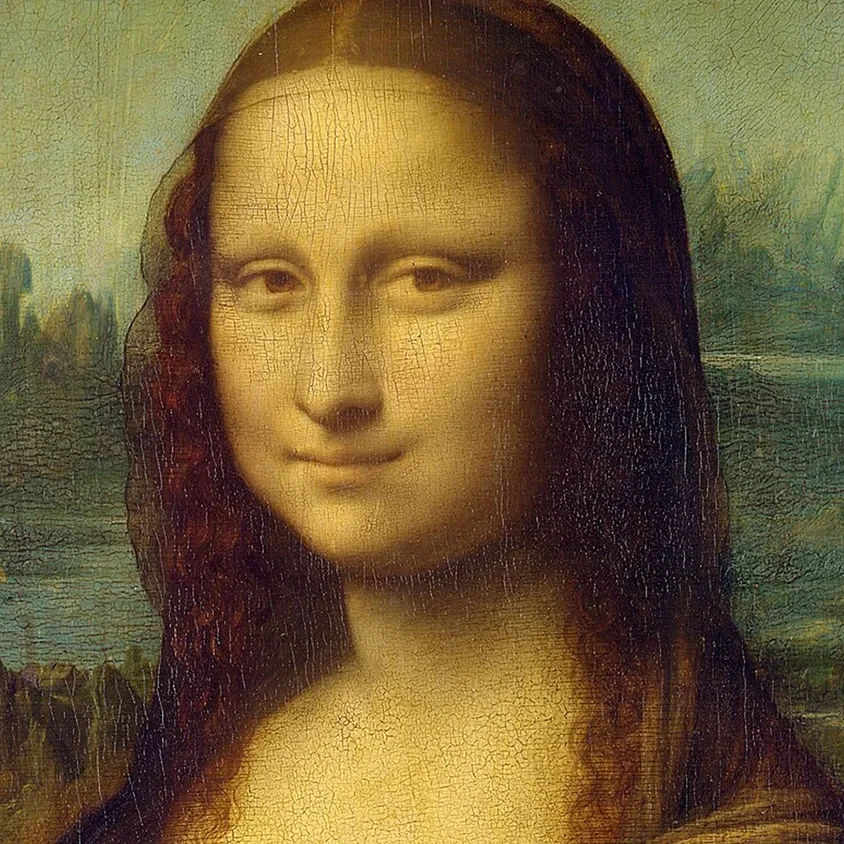The tragic story of the daughter of the Mona Lisa
Everyone knows the Mona Lisa’s painting. It is considered the most famous work of art in the world.
Painted by Leonardo da Vinci in the 16th century, it is one of the most famous and enigmatic portraits in art history.
It depicts a woman with a mysterious gaze and a slight smile, seated in a chair against a blurred landscape background. Her ambiguous expression has sparked a wide variety of interpretations and has helped make this painting a global icon of art.
Is Mona Lisa a real person? Yes, the Mona Lisa is based on a real person, Lisa del Giocondo, also known as Lisa Gherardini.

What if the Mona Lisa were hiding a secret that has lasted for 500 years?
In the face of such greatness of an immortal painting, one encounters a significant shadow. What if the Mona Lisa were hiding a secret that has lasted for 500 years? What lies behind her smile?
During my study, I discovered something extremely fascinating.
Lisa del Giocondo, the painting’s subject, a Florence resident and the wife of the man who commissioned the painting from Leonardo da Vinci, lost a daughter during her pregnancy.
This revelation piqued my interest considerably. Looking at the Mona Lisa, you perceive a peaceful woman with a little grin.
Behind her is the life of a real person who most likely suffered as a result of that tragedy. How can such a timeless picture become a symbol of death?
The birth of the painting of Mona Lisa's Daughter.
In 2022, I began to consider the idea of a portrait of the daughter, one that would represent the life and death in which she was suspended.
Thus was born the “Portrait of the Daughter of the Mona Lisa.” What would her face look like if the daughter were alive today?
How to describe the relationship between the immortal and mortal aspects? And the relationship between the parts?
Her colorful and kaleidoscopic face is like a magnet, but also some rough elements of the painting serve as a warning or reminder of death and the mortality of her journey.
The daughter of the Mona Lisa draws inspiration from the symbol of Yin and Yang, a philosophical concept that describes opposing but interconnected forces.

Yin and Yang in a painting
The principle of Yin and Yang in Chinese philosophy states that all things exist as inseparable and contradictory opposites. It is a concept that emphasizes the duality and balance in the universe. Examples of opposing forces of Yin and Yang include female-male, dark-light, old-young.
The painting is composed of many different and connected parts, but also of empty spaces that reinforce the opposition of the energies working on the artwork.
The relationship between the immortal and mortal aspects is deep and symbolic. The immortal aspect of the Mona Lisa represents her artistic immortality and her enigmatic smile that has endured through the centuries. On the other hand, the portrait of the daughter represents mortality and the fleeting nature of human life, contrasting the eternity of art with the brevity of human existence.
The relationship between the parts is based on this contrast.
While the Mona Lisa represents the serenity and mysterious eternity of art, the portrait of the daughter symbolizes the fragility and finiteness of human life. Together, the two works create a powerful dialogue that reflects on the depths of life and art.



